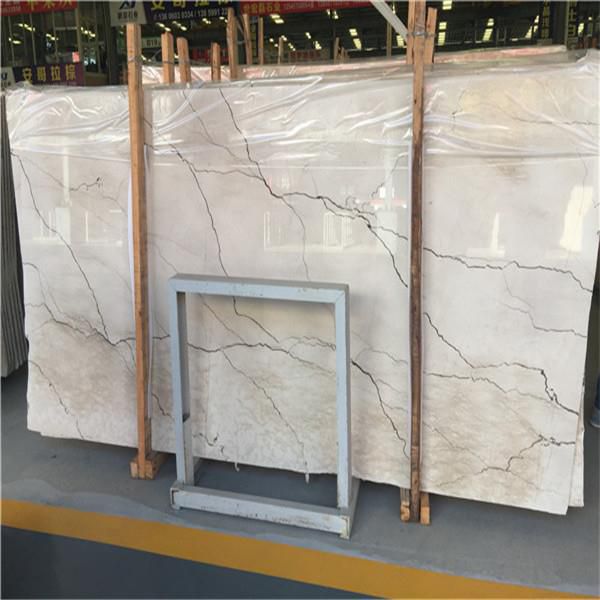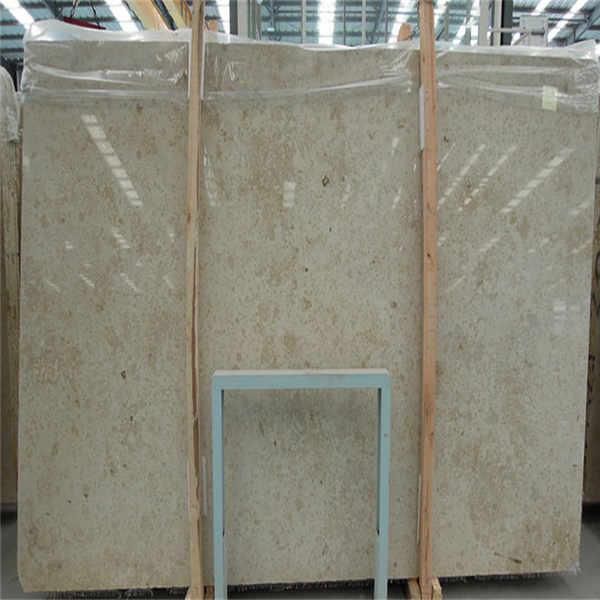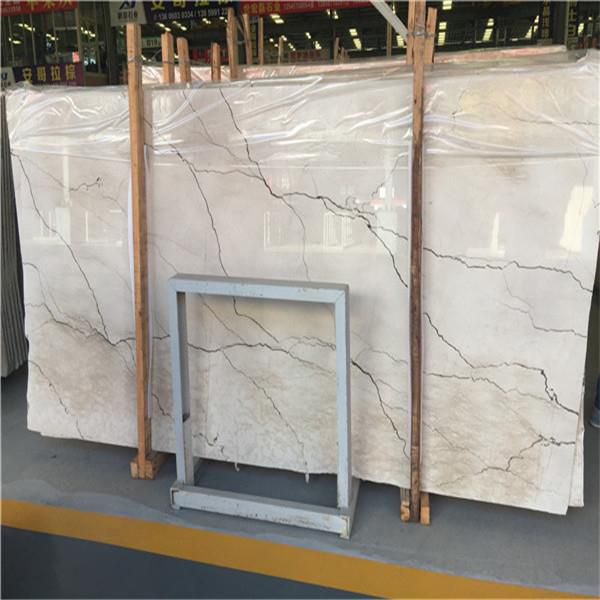Limestone, referred to as limestone, is a carbonate rock mainly composed of calcite. Sometimes it contains dolomite, clay minerals and detrital minerals. It has gray, off-white, gray-black, yellow, light red, brown-red and other colors. It is generally not hard and has a violent chemical reaction with dilute hydrochloric acid. According to the genetic classification, it belongs to sedimentary rock.

Rock structure
Limestone structure is more complex, there are clastic structure and grain structure. The clastic structure is mostly composed of particles, micrite matrix and bright crystal cement. Particles, also known as granules, mainly include internal detritus, biological detritus and oolitic grains, etc. The micrite matrix is plaster composed of calcium carbonate fines or crystals, most of which are smaller than 0.05mm. The chemical precipitates in the pores between the particles are calcite crystal particles with a diameter greater than 0.01 mm; the grain structure is crystal particles precipitated by chemical and biochemical actions.
Limestone formation process
The main component of limestone is calcium carbonate, which can be dissolved in water containing carbon dioxide. In general, one liter of water containing carbon dioxide can dissolve about 50 mg of calcium carbonate.
Calcium carbonate deposited in lakes and seas is compacted and cemented after losing water, which is called limestone. The mineral composition of limestone is mainly calcite (accounting for more than 50%) and some impurities such as clay and silt. The formation of the vast majority of limestone is related to biological action. The limestone formed by the accumulation of biological remains includes coral limestone, shell limestone, algae limestone, etc., which are collectively called biological limestone. Limestone formed by chemical precipitation of calcium carbonate (CaCO3) in aqueous solution is called chemical limestone. Such as ordinary limestone, siliceous limestone, etc.

rock type
Limestone is one of the most widely distributed minerals in the earth’s crust. According to its deposition area, limestone can be divided into marine deposition and continental deposition, and the former is mostly; according to its origin, limestone can be divided into three types: biological deposition, chemical deposition and secondary; according to the different components contained in the ore, limestone It can be divided into three types: siliceous limestone, clayey limestone and dolomitic limestone. Distribution of resources: China is rich in limestone mineral resources, and there are more than 800 limestone deposits used for cement, solvent and chemical industry. The production areas are all over the country, and all provinces, municipalities and autonomous regions can obtain local materials near the
industrial zone.
Limestone deposits are deposited in every geological age, and are distributed in various stages of geological structure development, but good quality and large-scale limestone deposits often occur in certain layers. Taking limestone for cement as an example, the Middle Ordovician Majiagou Formation limestone in Northeast and North China is an extremely important stratum; Carboniferous, Permian and Triassic limestone are mostly used in Central South, East China and Southwest China, and Northwest and Tibet are generally Silurian and Devonian limestones are mostly used, and the Ordovician limestones in East China, Northwest China and the middle and lower reaches of the Yangtze River are also important layers of cement raw materials.


ore properties
1. The mineral components that make up limestone are mainly calcite, accompanied by dolomite, magnesite and other carbonate minerals, and some other impurities are also mixed. Among them, magnesium appears in the form of limestone and magnesite, silicon oxide is free quartz, chalcedony and opal are distributed in rocks, aluminum oxide is combined with silicon oxide to form aluminum silicate (clay, feldspar, mica); iron compounds are in the form of carbon salt (magnesite), pyrite (pyrite), free oxides (magnetite, hematite) and hydroxides (hydrous goethite); in addition to glauconite, individual There are also organic matter such as coal and asphalt, sulfates such as gypsum and anhydrite, compounds of phosphorus and calcium, alkali metal compounds and compounds of strontium, barium, manganese, titanium, fluorine, etc., but the content is very low.
2. Properties of limestone
Limestone has good processability, polishing and good cementing properties. It is insoluble in water and easily soluble in saturated sulfuric acid. It can react with various strong acids to form corresponding calcium salts and release CO2 at the same time. When limestone is calcined above 900°C (generally 1000~1300°C), it decomposes and transforms into lime (CaO), releasing CO2. Quicklime deliquesces with water and immediately forms slaked lime [Ca(OH)2]. Slaked lime can be adjusted after being dissolved in water, and it is easy to harden in the air.
Process characteristics
Lime has excellent properties such as thermal conductivity, firmness, water absorption, airtightness, sound insulation, polishing, good cementation performance and machinability. It can be used directly as raw ore or in deep processing.
The main purpose
Limestone is an important industrial raw material in metallurgy, building materials, chemical industry, light industry, construction, agriculture and other special industrial sectors. With the development of the steel and cement industries, the importance of limestone is bound to increase further.
Related Products





